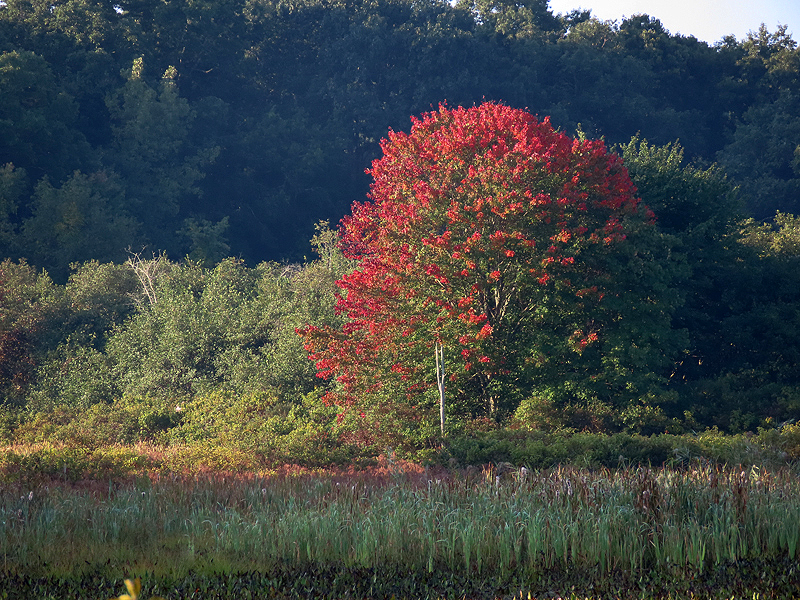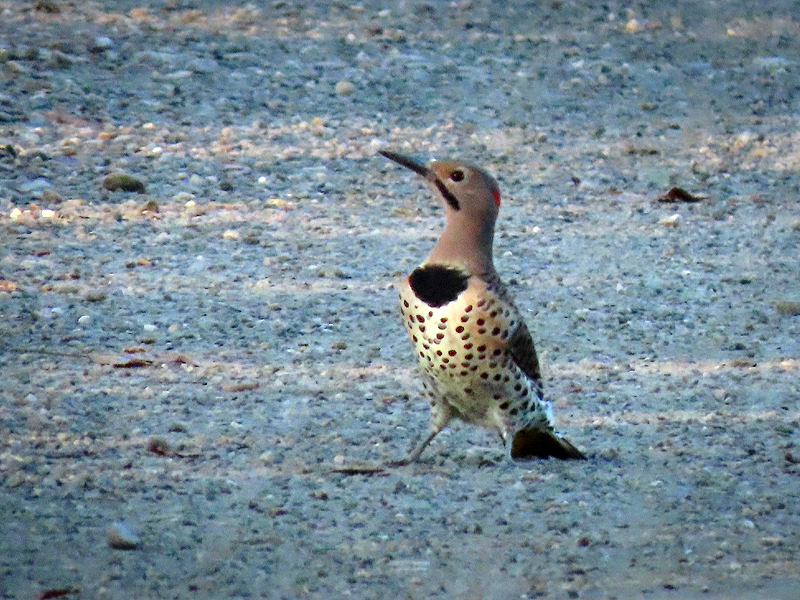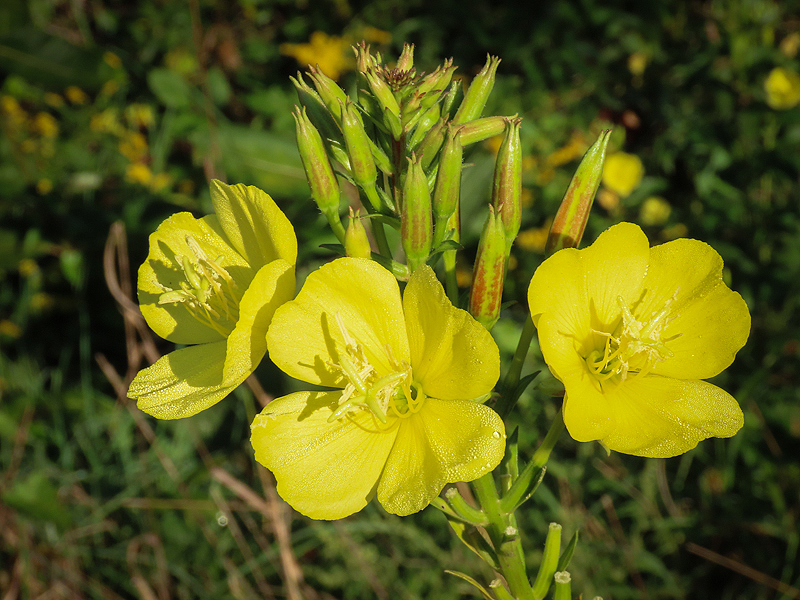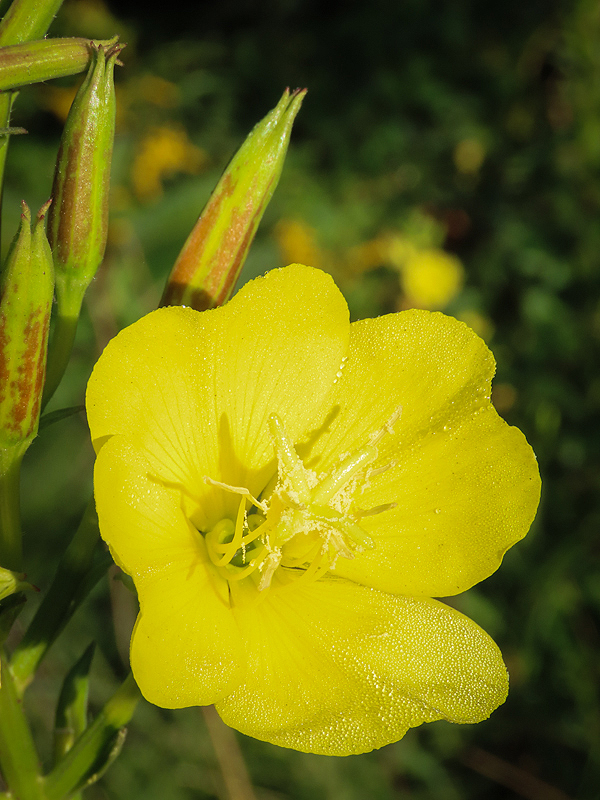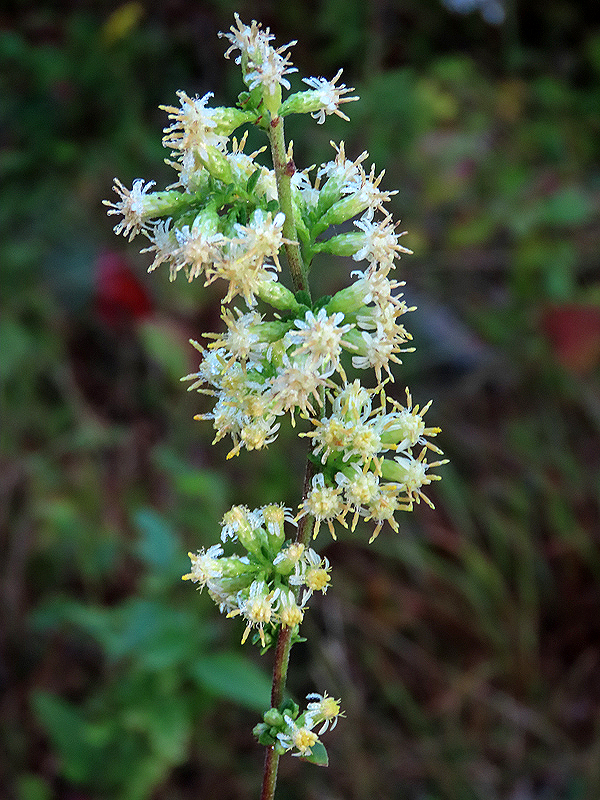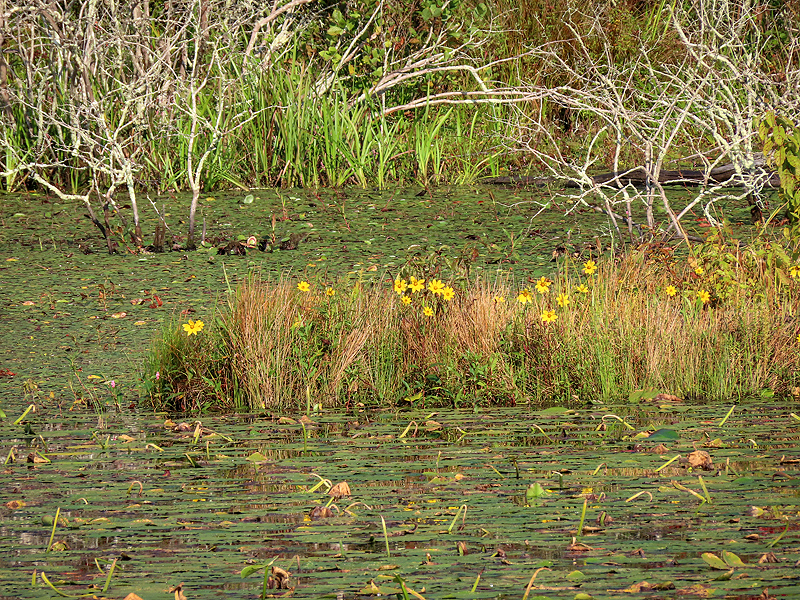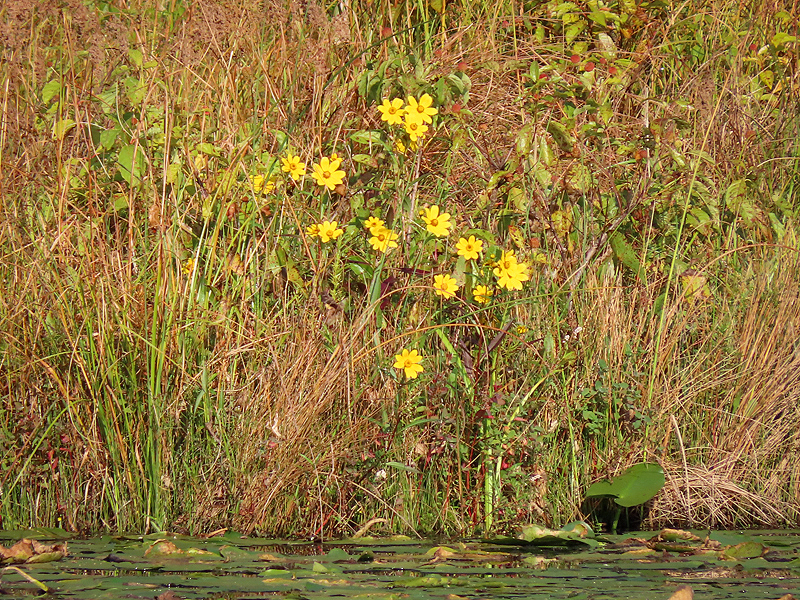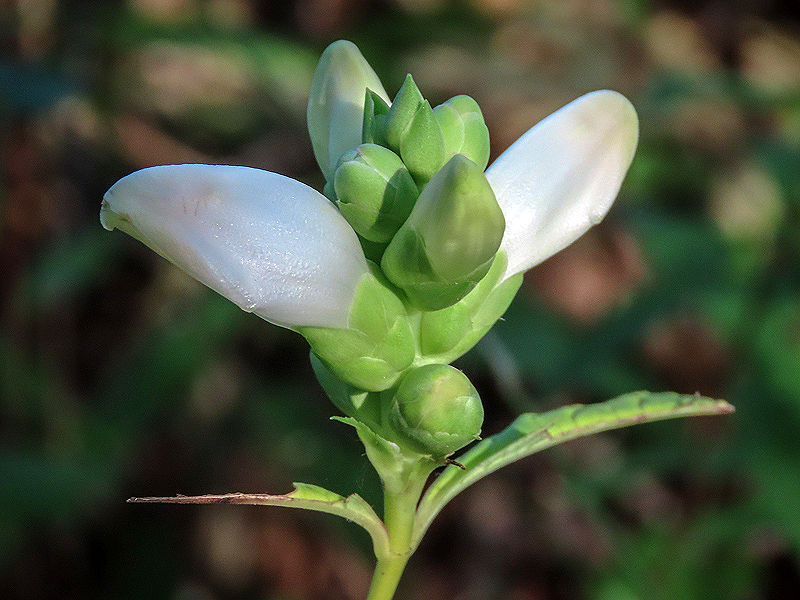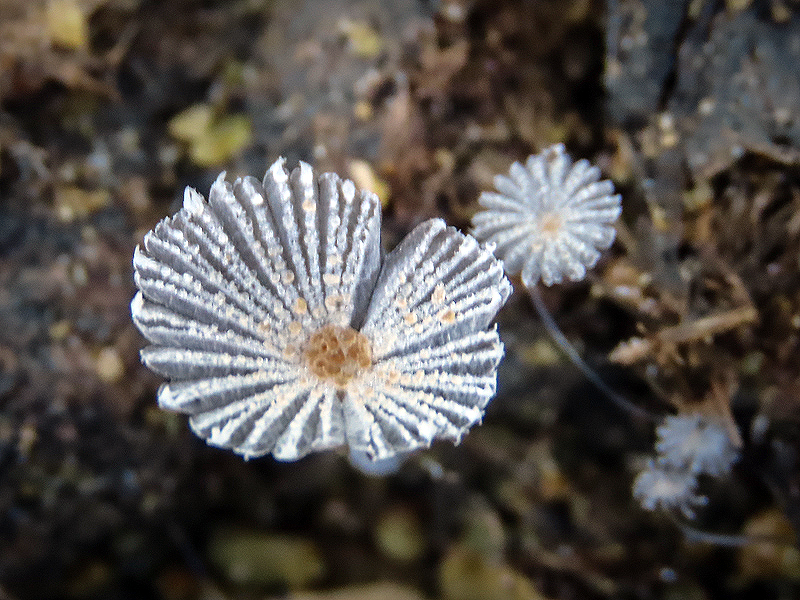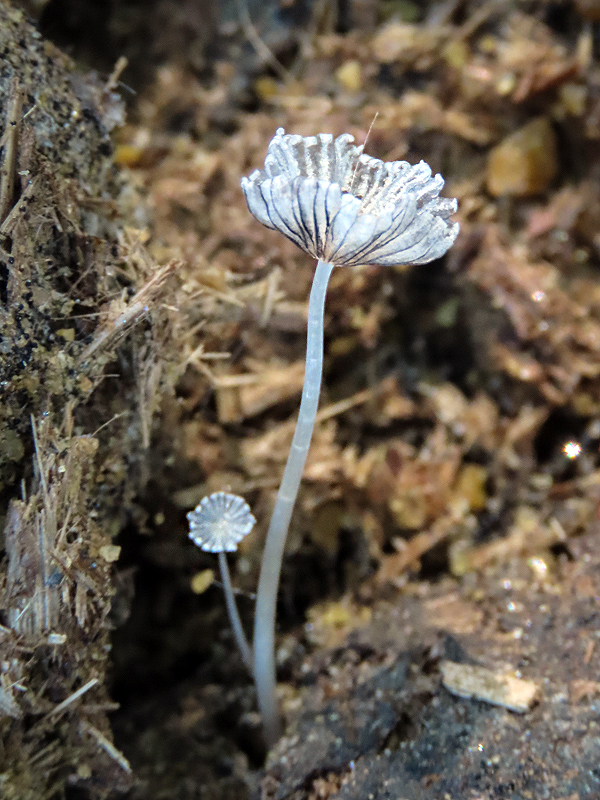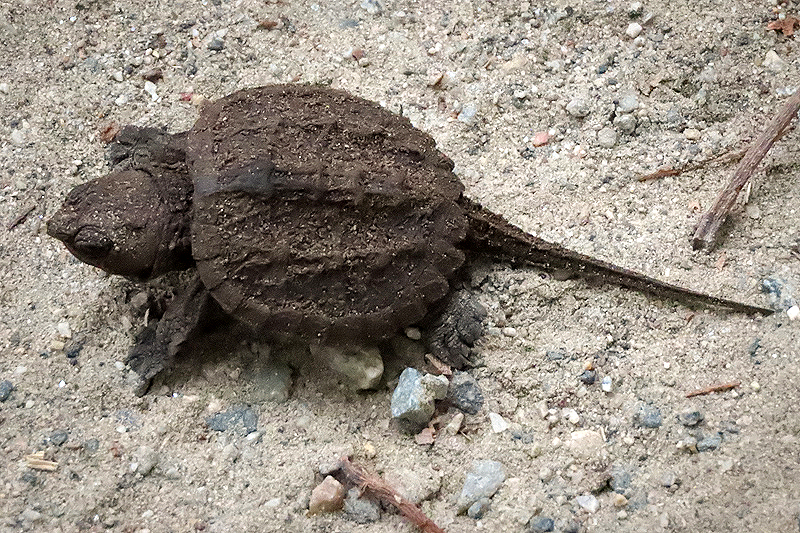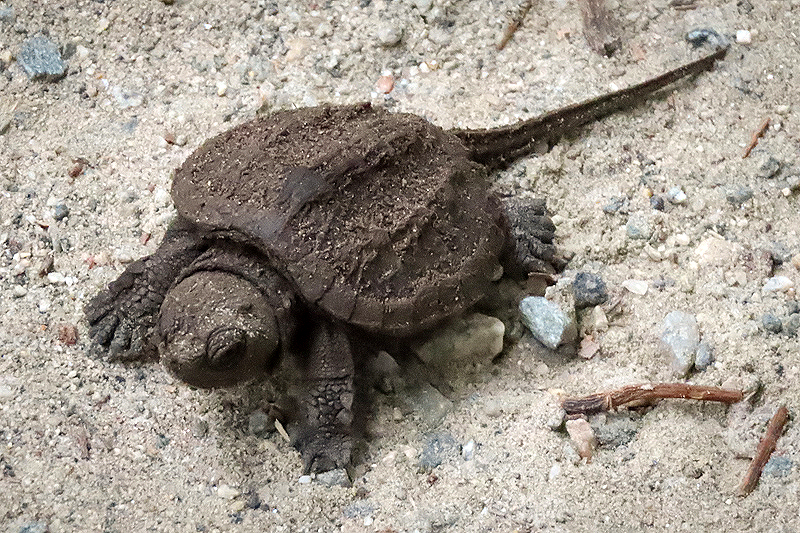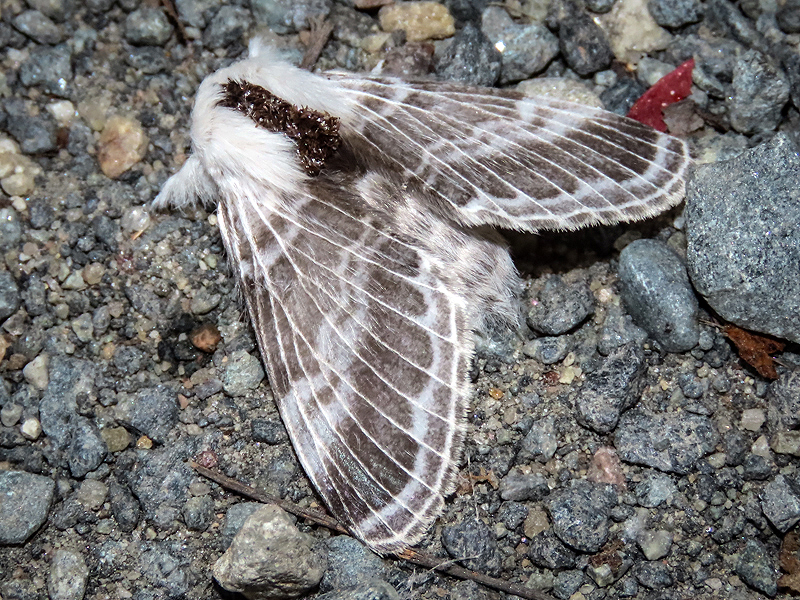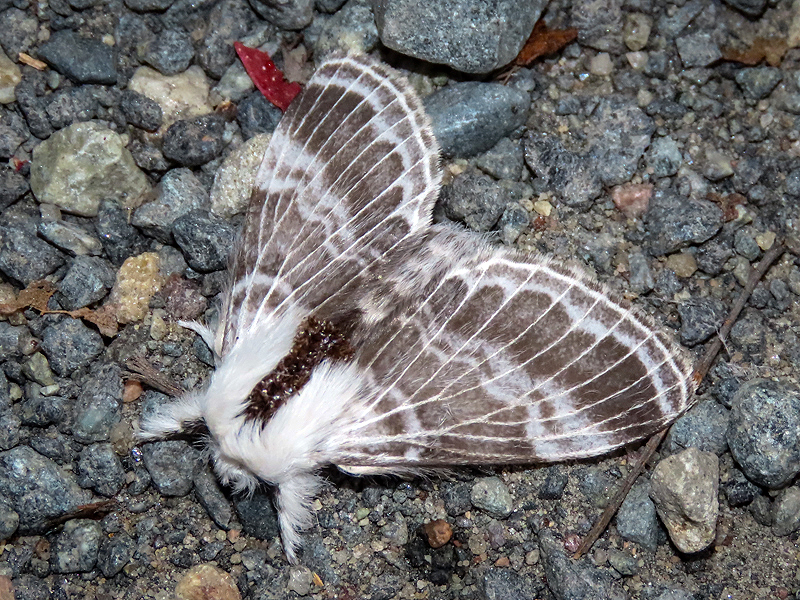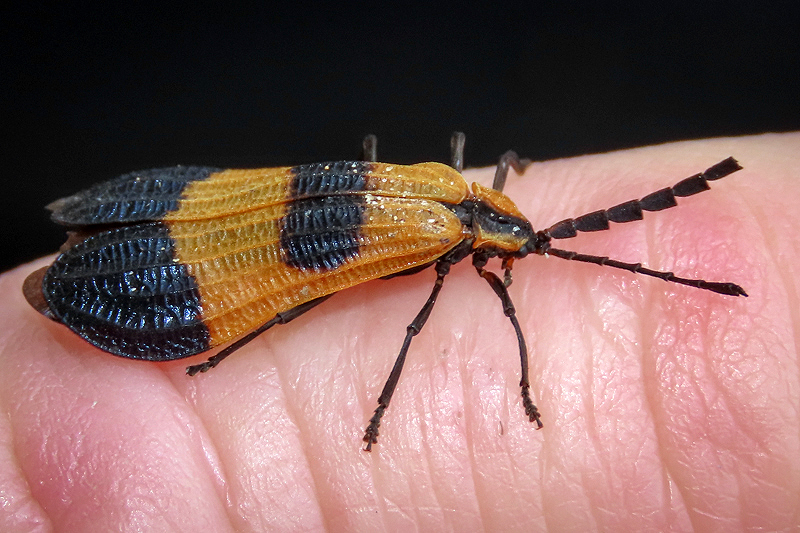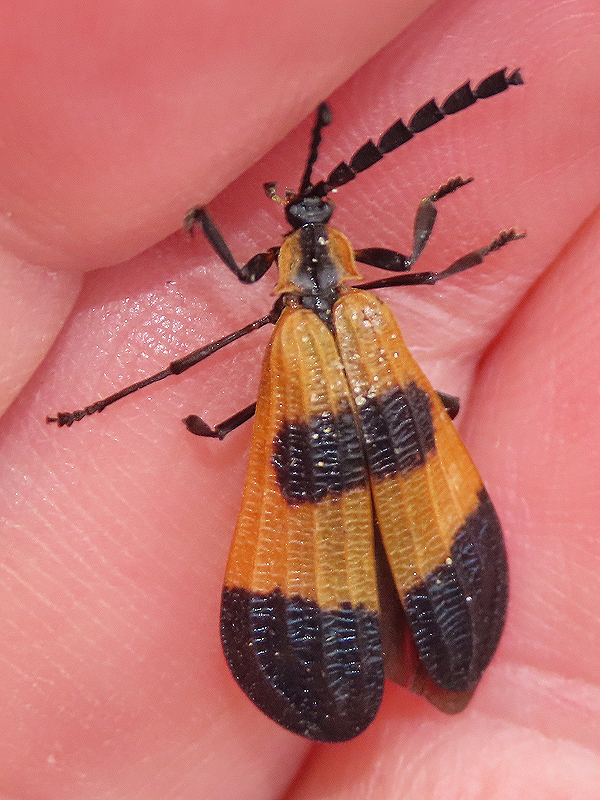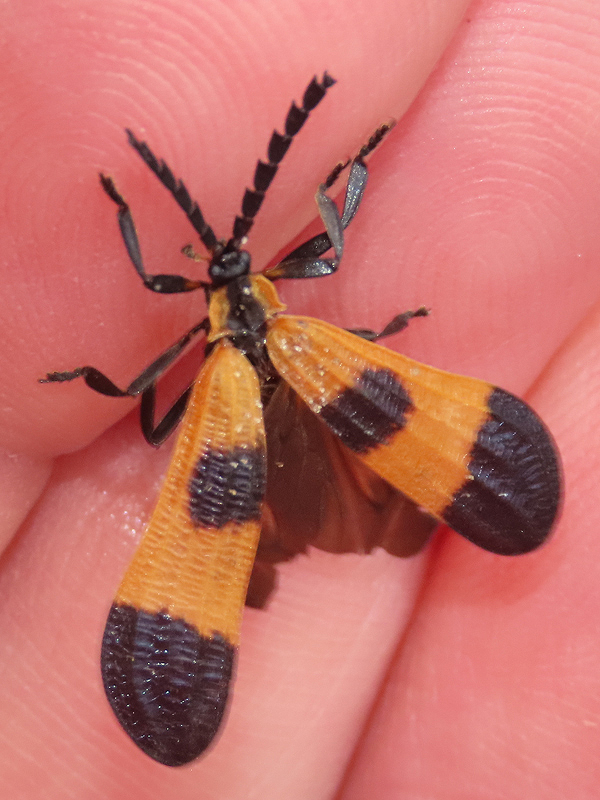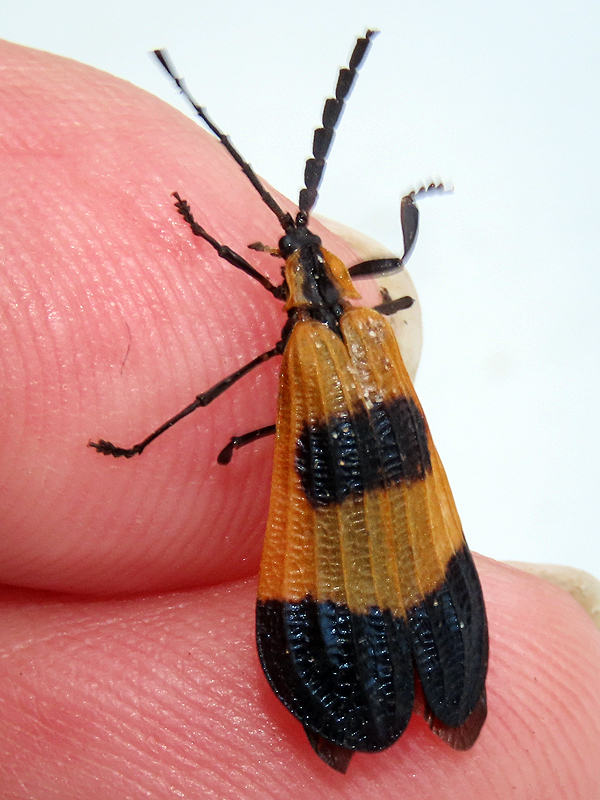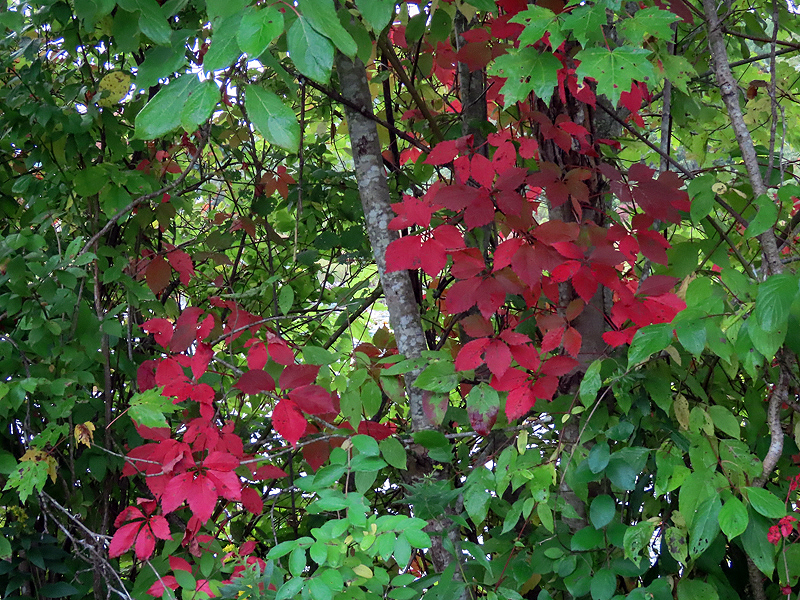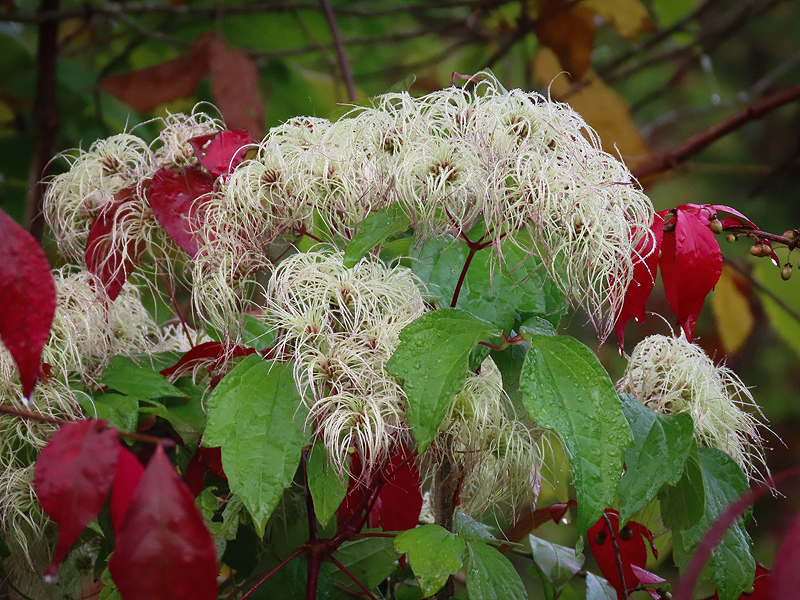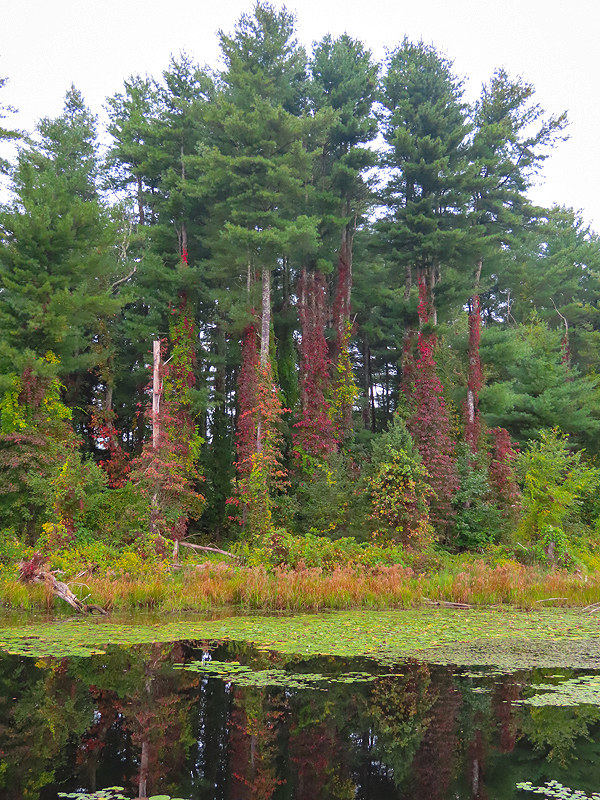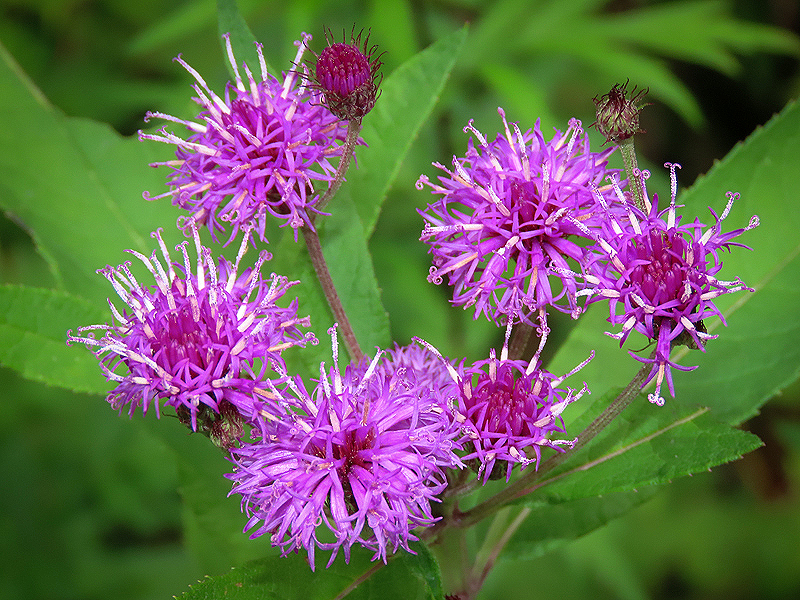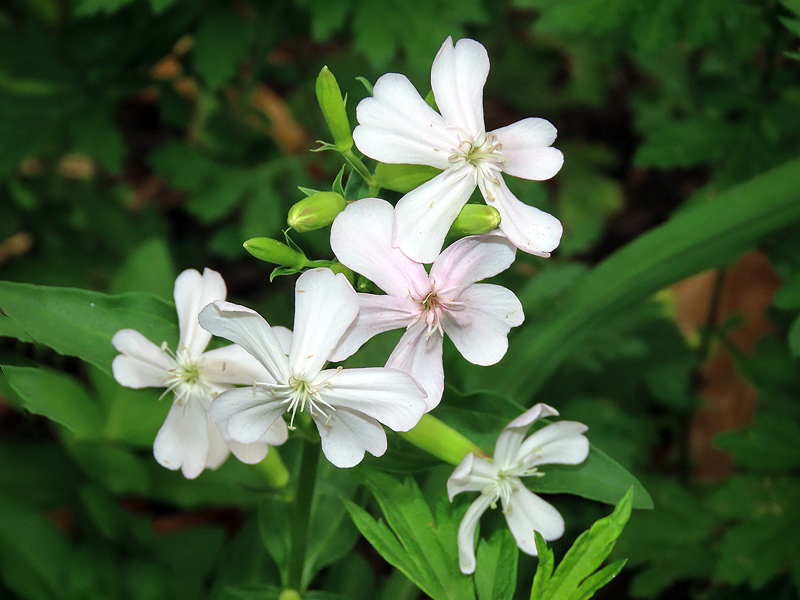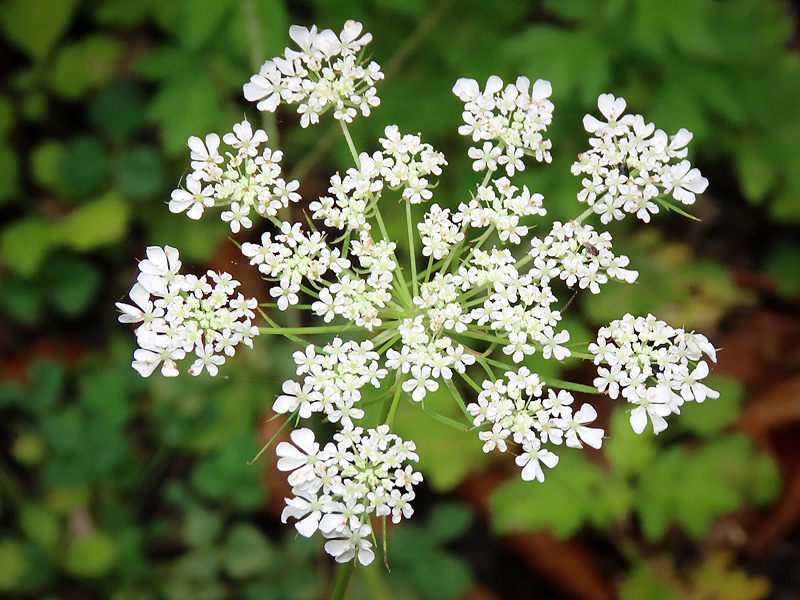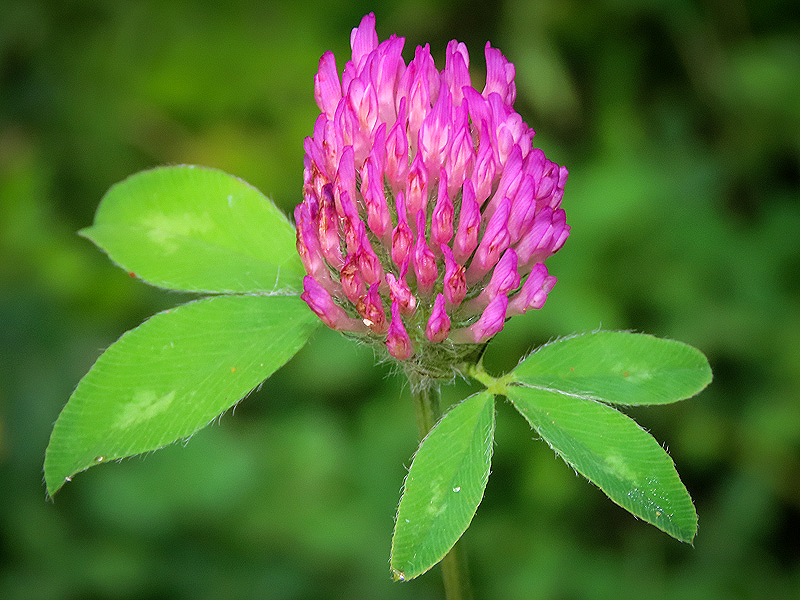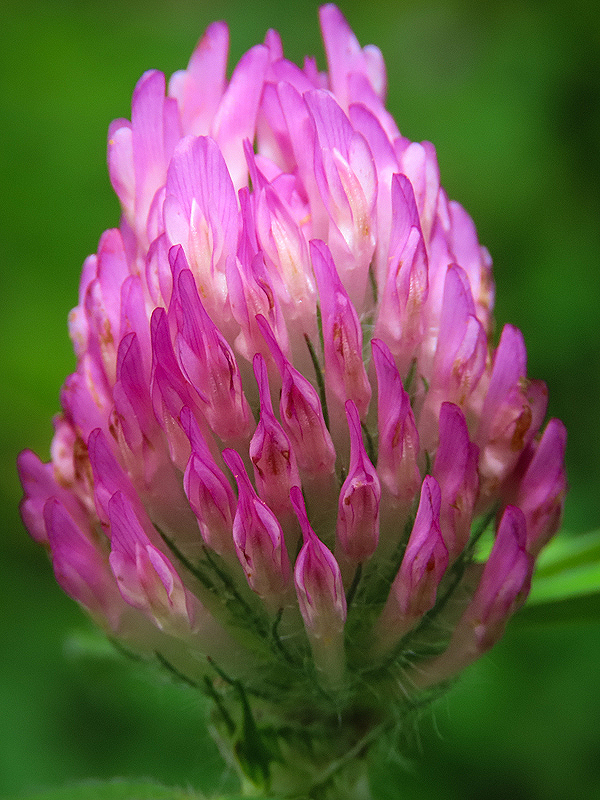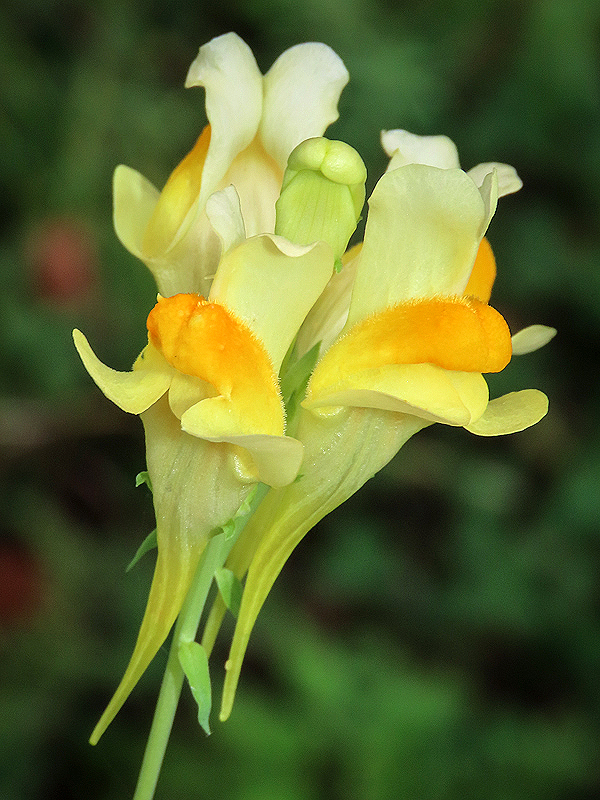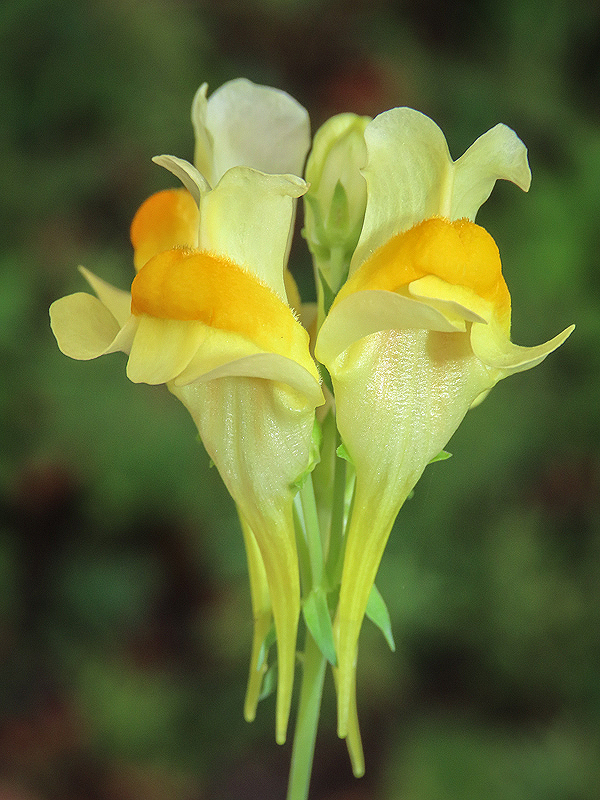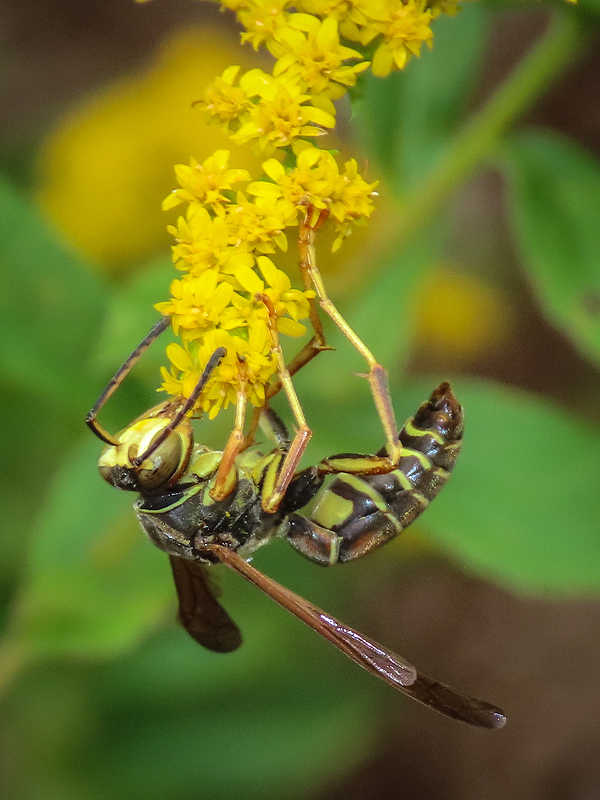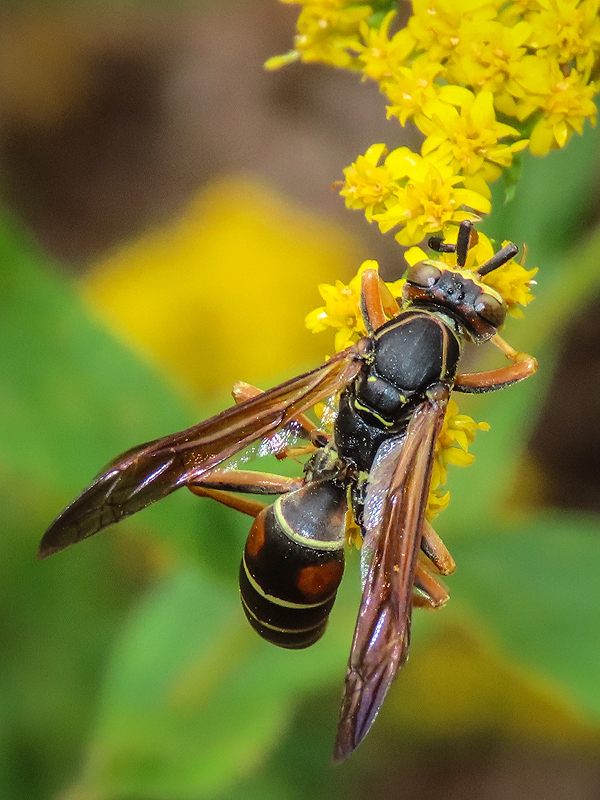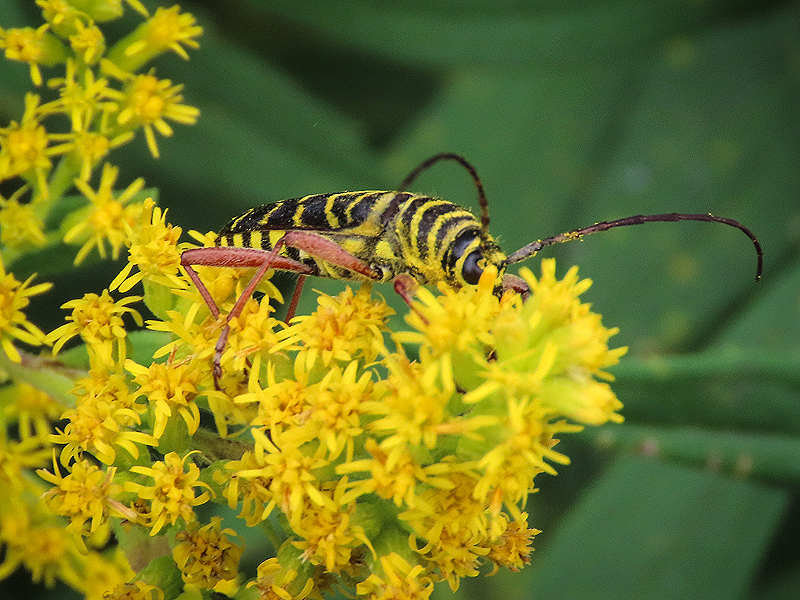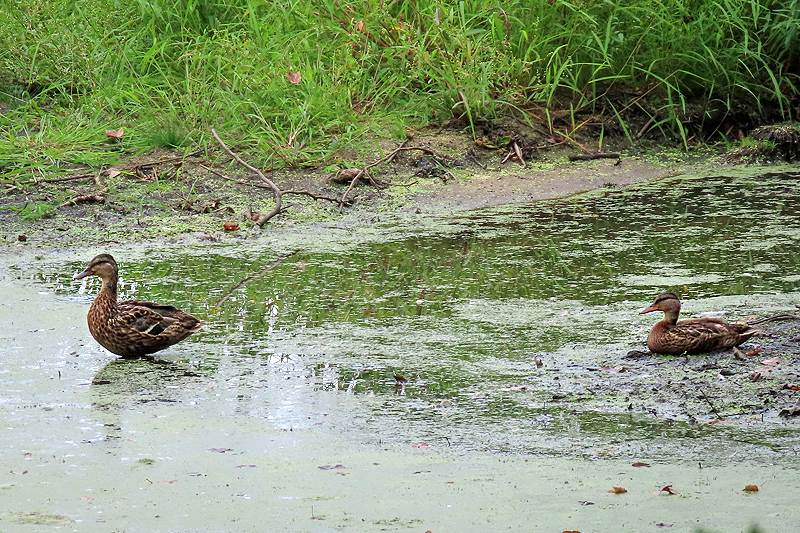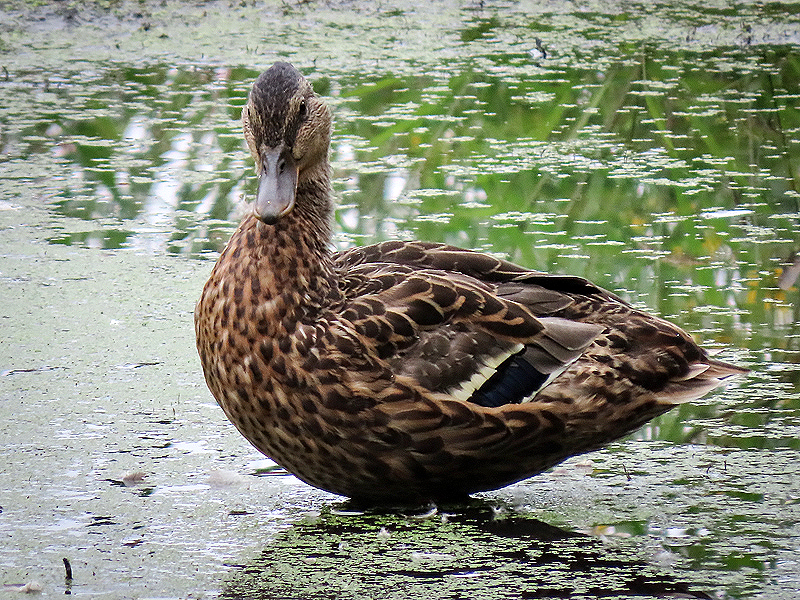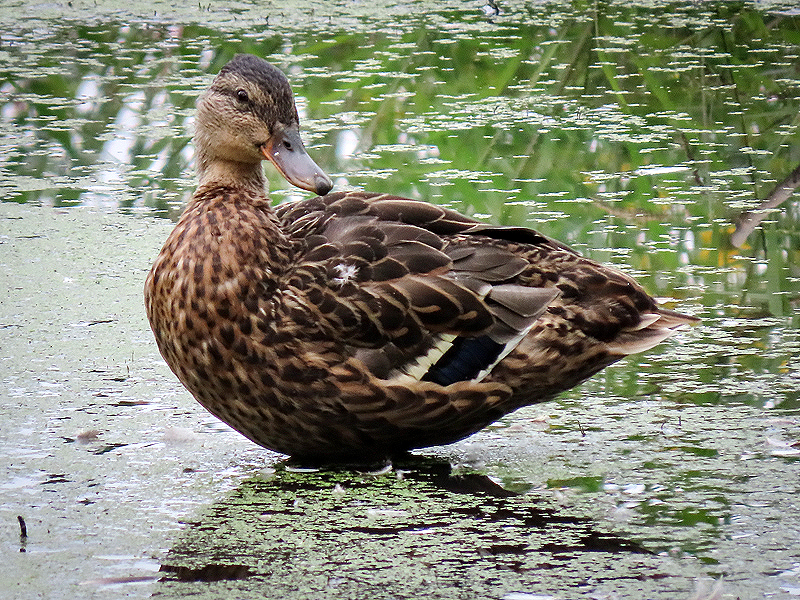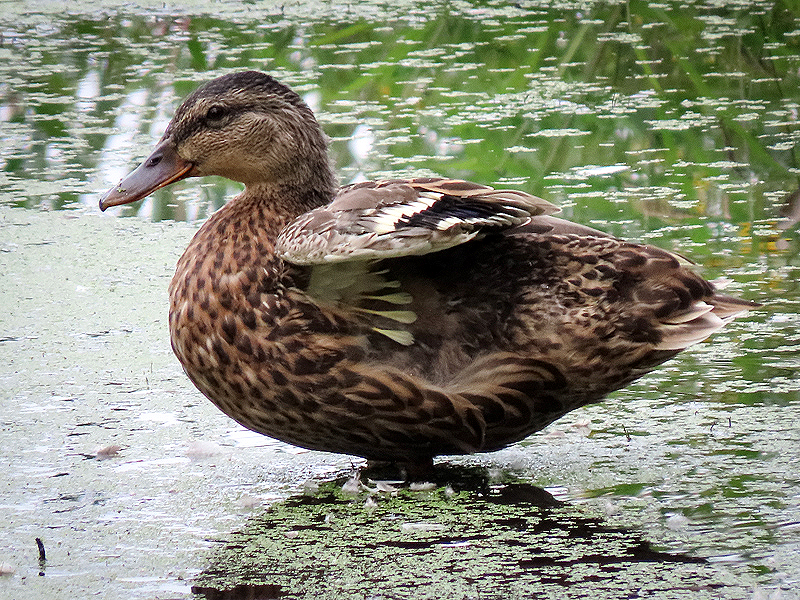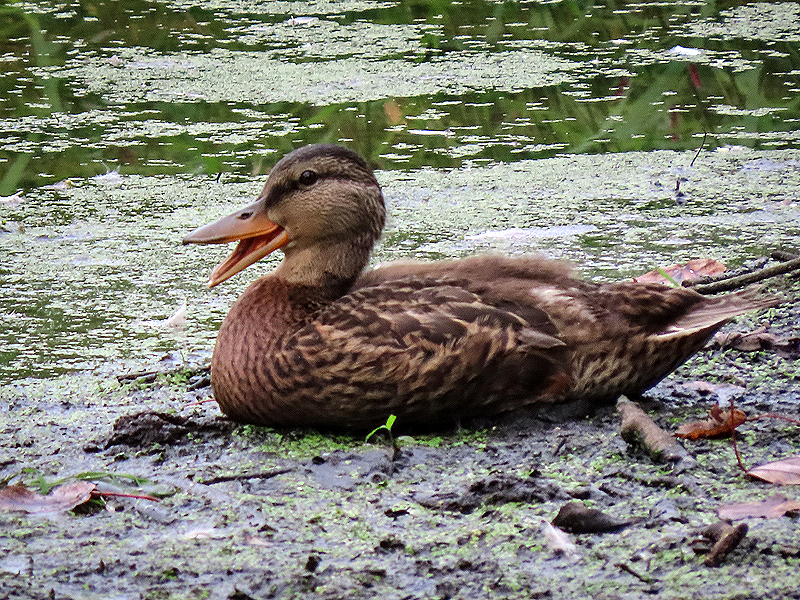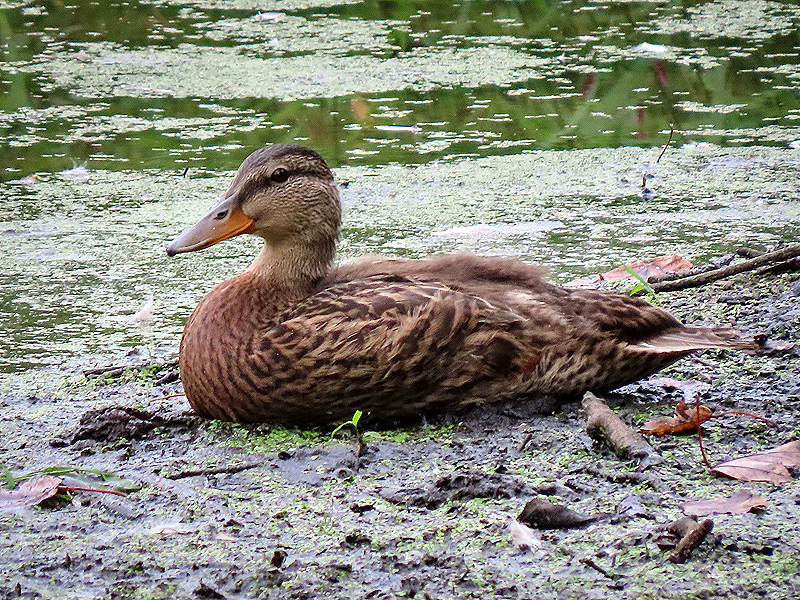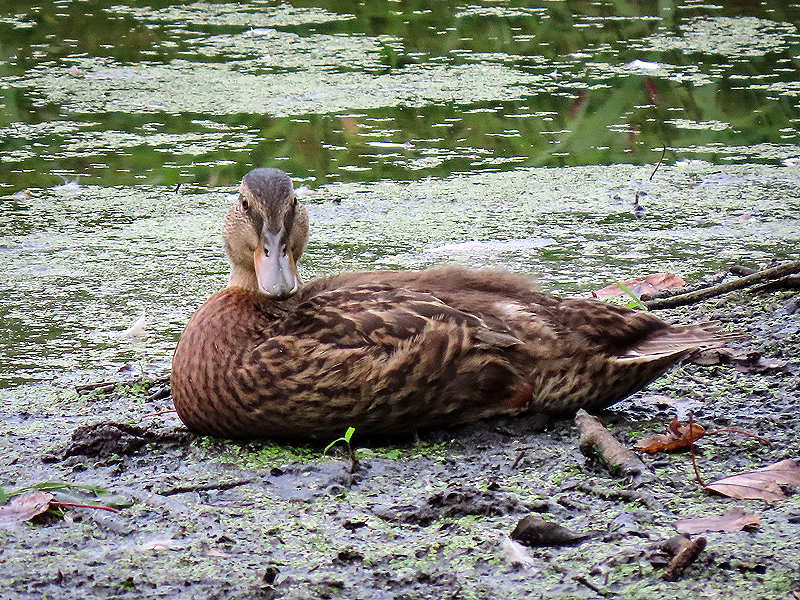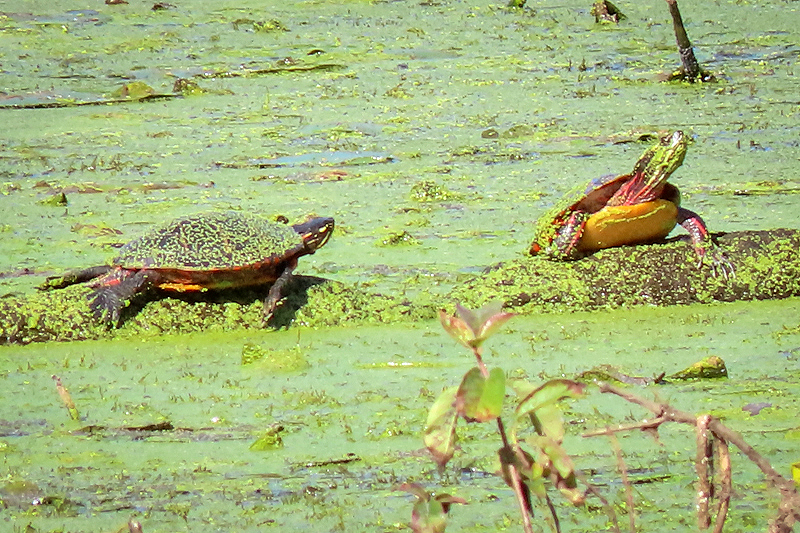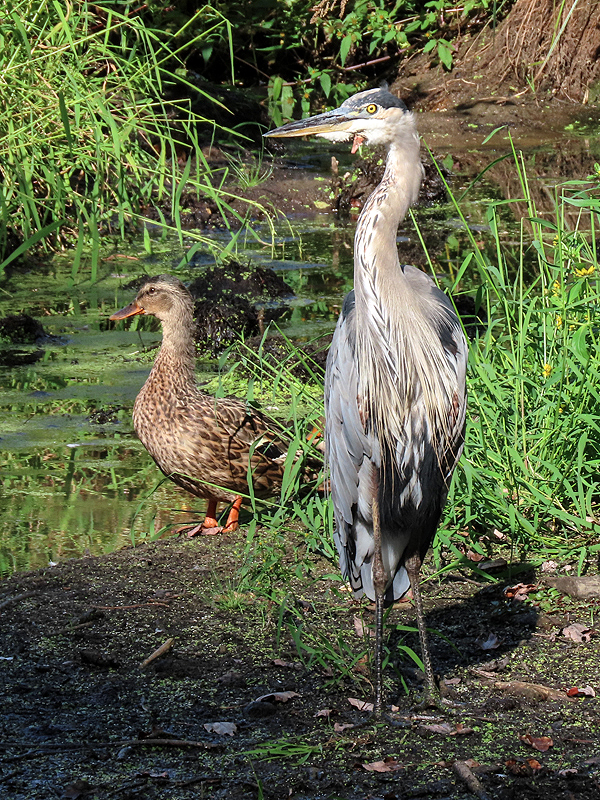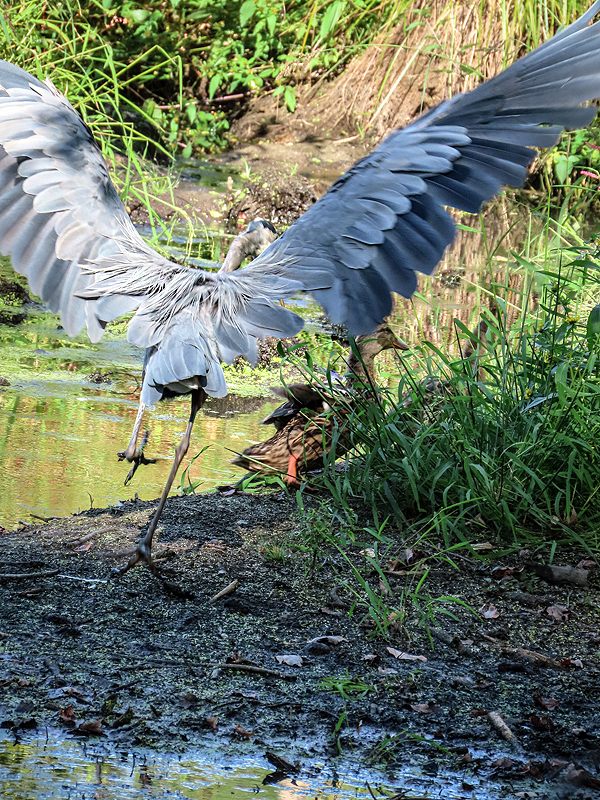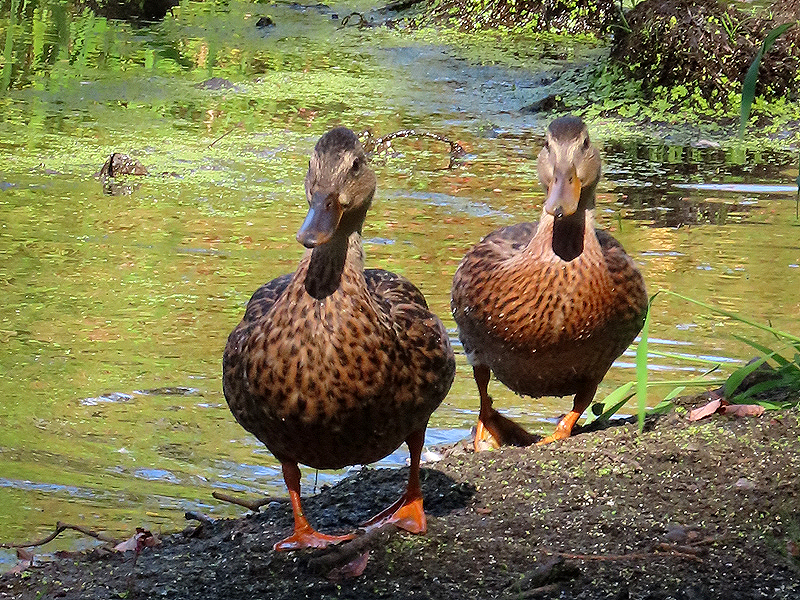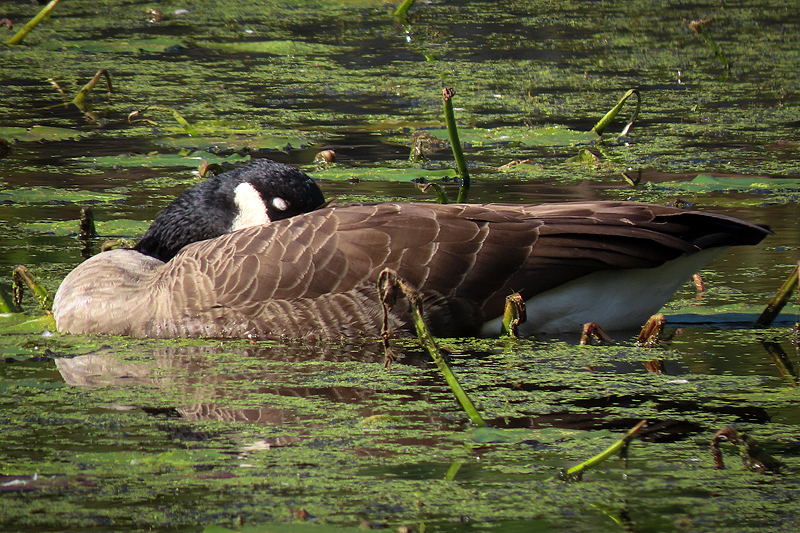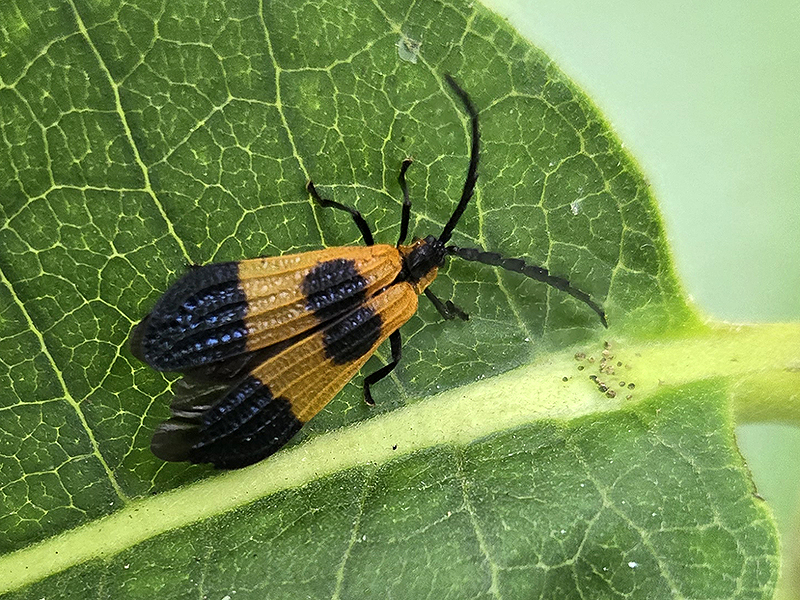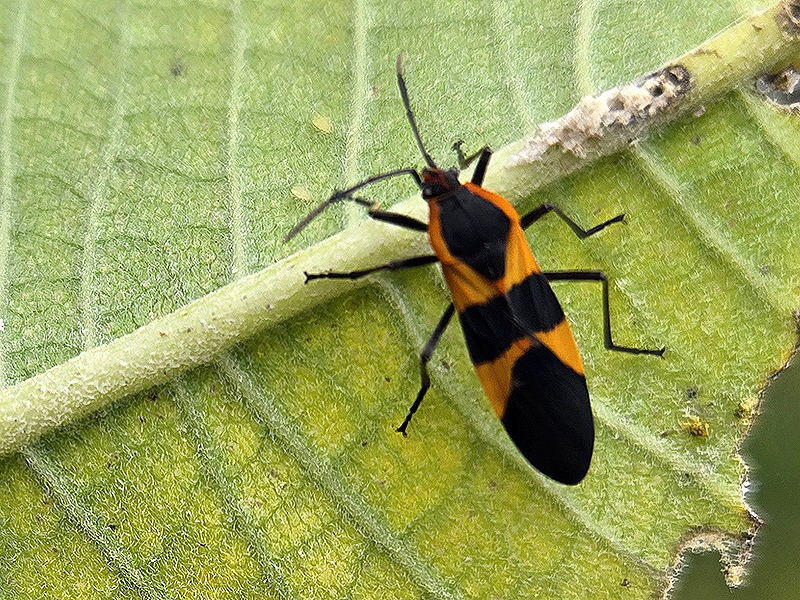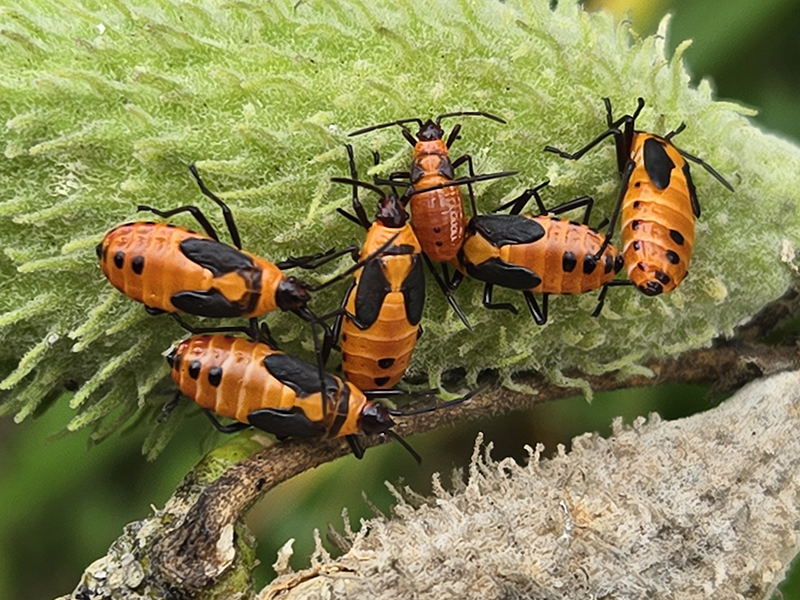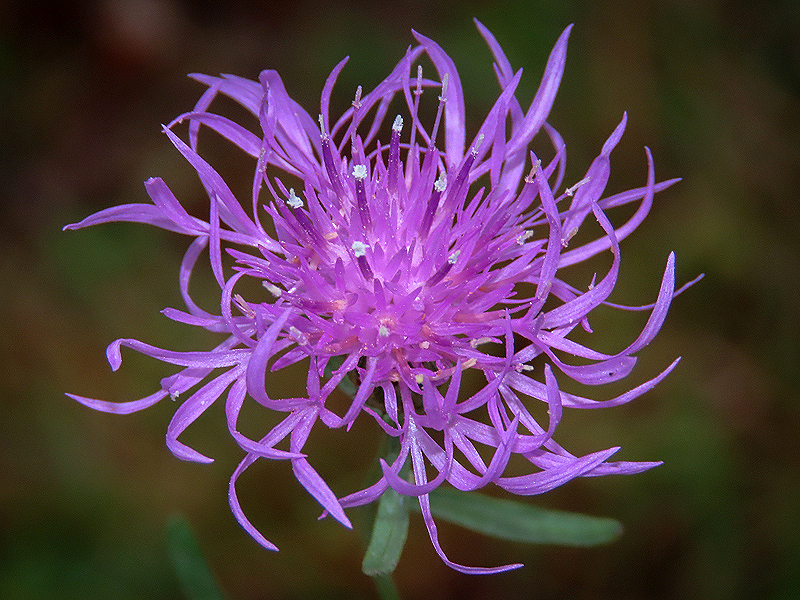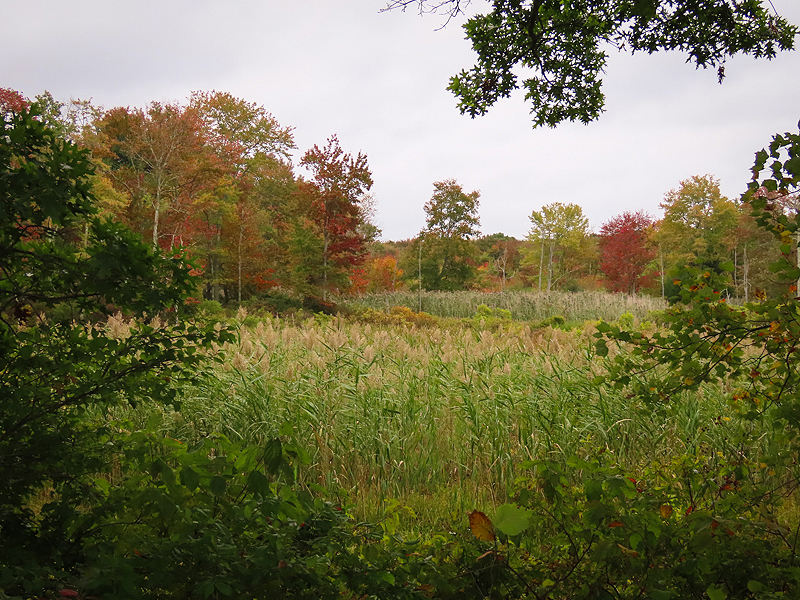Along the Air Line... 2024 - Summer, Part 19 The Air Line Trail in Eastern Connecticut - Stan Malcolm Photos |
HOME: Air Line... 2024 Pages Menu Stan's FlickR Albums |
September 15th. That Red Maple (Acer rubrum) shows more red every day. |
A male Yellow-shafted Northern Flicker (Colaptes auratus). |
September 16th, east of Route 207. Common Evening-primrose (Oenothera biennis). |
|
White Goldenrod (Solidago bicolor). |
Smooth Beggar-ticks (Bidens laevis). |
|
Turtlehead (Chelone glabra). The only place I've seen it this year - and just a couple of plants. |
East of River Road a few tiny Coprinid ephemeral Inky Caps on horse dung. None bigger than about 8mm. |
Thanks to Bill Yule for ID assistance. |
September 17th. This year's Snapping Turtles (Chelydra serpentina) have hatched and are dispersing. |
|
Large Tolype moth (Family Lasiocampidae, Tolype velleda). |
|
At the path from River Road to the Blackledge River bridge. Banded Net-wing Beetle (Family Lycidae, Calopteron reticulatum). |
|
|
|
September 18th. Virginia Creeper (Parthenocissus quinquefolia) showing lots of Fall color. |
Green leaves and white bearded seed heads of Virgin's Bower (Clematis virginiana). |
Trees and vines at the pond east of River Road. |
An afternoon walk east of Depot Hill Road in Cobalt. Lots of wild flowers hanging in there. Crown-vetch (Securigera varia). |
New York Ironweed (Vernonia noveboracensis). |
Bouncing Bet (Saponaria officinalis). |
Queen Anne's Lace (Daucus carota). |
Red Clover (Trifolium pratense). |
|
Butter-and-eggs (Linaria vulgaris). |
|
A male Northern Paper Wasp (Polistes fuscatus). |
Seems like all I see are males at this time of year. I wonder if the females kick them out of the nest once their "services" are no longer required. |
Locust Borer (Family Cerambycidae, Megacyllene robiniae). |
The female Mallard (Anas platyrhynchos) and her duckling at Cranberry Bog. |
Mom. |
|
Interesting spatulate feathers under her wing. |
The duckling is still far from being able to fly. |
|
|
September 19th. Afternoon at Cranberry Bog. Painted Turtles (Chrysemys picta) covered with Duck Weed (Lemna minor). |
The usual Great Blue Heron (Ardea herodius) and female Mallard (Anas platyrhynchos). |
Scram! (But not for long.) |
Female and duckling now about equal sized. |
The lone Canada Goose (Branta canadensis) was back, snoozing in the warm sun. |
September 20th. Taken in my yard on Milkweed, this Banded Net-wing Beetle (Family Lycidae, Calopteron reticulatum) has a story worth telling. See above for my photos of this species taken on the trail on September 17th. |
This Large Milkweed Bug (Oncopeltus fasciatus) was also on Milkweed in my yard. The similarity of these two insects - in different insect Orders - shouts mimicry. Both species are distasteful if not downright poisonous to predators. But the bugs which only occur on Milkweed are far more common than the beetle, which also frequents more diverse habitats. I'm betting that the beetle's mimicry of a much more common bug is more successful because fewer beetles would be tested for palatability (and fail) than the common milkweed bugs. This is a simplification of what happens in nature, but I think a rough estimation of what is probably going on. |
Finally, in my yard were these Large Milkweed Bug nymphs. |
September 21st. The last of the Spotted Knapweed (Centaurea maculosa). |
This wraps up Summer, 2024. |
